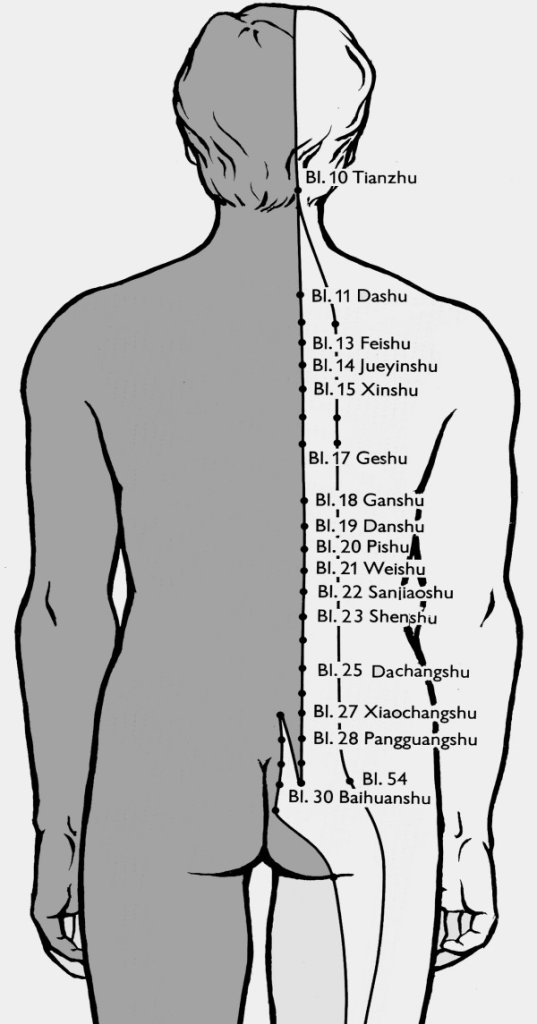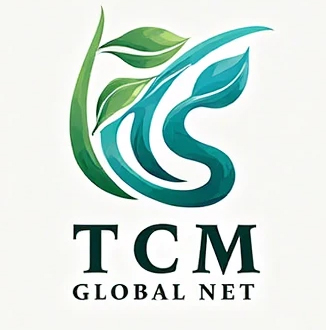I. Overview of the Disease
Herpangina is like having too much ‘damp heat’ in the body, causing inflammation and ulcers in the throat. Traditional Chinese Medicine uses ‘clearing heat and dampness’ ingredients to help children expel toxins.
Herpangina is an acute contagious disease caused by enteroviruses, primarily transmitted through the fecal-oral route or respiratory tract. It is prevalent in summer and autumn, with children aged 1-7 being the main susceptible group. Clinically, it is characterized by fever, sore throat, and vesicles and ulcers in the oropharynx, with red halos visible on the back of the soft palate, throat, and tonsils. There are characteristic vesicles or white papules around them. The course of the disease usually lasts 4-6 days, but severe cases may extend to 2 weeks. Traditional Chinese Medicine believes its pathogenesis is due to damp heat in the lungs and spleen, and external pathogenic toxins, requiring treatment through clearing heat and detoxifying, and resolving dampness to soothe the throat.
The main symptoms include sudden high fever, which can be persistent or recurrent, sore throat, especially when swallowing, and sometimes complaints of headache, abdominal pain, or muscle pain. Within 2 days of onset, a few small (1-2mm in diameter) grayish-white vesicles appear on the oral mucosa, surrounded by a red halo. They are commonly seen on the front of the tonsils but can also be located on the soft palate, tonsils, uvula, and tongue. Within the next 24 hours, the vesicles rupture and turn into shallow ulcers, usually less than 5mm in diameter, healing within 1-5 days.
Traditional Chinese Medicine believes that herpangina is mostly caused by damp heat in the lungs and spleen, and external pathogenic toxins.
II. Recommended Dietary Therapy
1. Honeysuckle, Sterculia Seed, and Watermelon Peel Drink
Ingredients: 10g of honeysuckle, 10g of sterculia seed, 100g of fresh watermelon peel (if sterculia seed is unavailable, use monk fruit instead)
Preparation: Boil in water for 30 minutes, drink as tea
Effects: Clears the lungs and soothes the throat, clears heat and resolves dampness. Sterculia seed is cold in nature and should not be consumed long-term; discontinue once symptoms improve.
Applicable: For early stages of the disease with fever, red throat vesicles, and prominent blisters.
2. Three Roots Soup
Ingredients: 30g of Imperata cylindrica root, 30g of kudzu root, 30g of Phragmites root
Preparation: Boil in water for 30 minutes, take warm
Effects: Relieves muscle tension and reduces fever, removes dampness and soothes the throat
Applicable: For fever, throat redness and swelling, dry mouth, and yellow urine caused by damp heat and external pathogens.
3. Modified Three Beans Drink
Ingredients: 50g each of red adzuki beans, mung beans, and black beans, 10g of raw licorice, 15g of smoked plum (if the child dislikes the taste, add a small amount of rock sugar or honey for flavoring.)
Preparation: Soak the beans for 1 hour, then boil for 2 hours until they become a paste, add licorice, smoked plum, and rock sugar for flavor
Effects: Clears heat and resolves dampness, detoxifies and promotes fluid production. Red adzuki beans remove dampness, mung beans clear heat, and black beans nourish the kidneys.
Applicable: For mild herpangina or for prevention, with a sweet and sour taste that is easy to accept.
III. Key Points for Daily Protection
1. Dietary Adjustment
- Recommended: Kudzu root, coix seed, lotus seeds (core), winter melon, red adzuki beans, purslane, bitter melon, honeysuckle, and other ingredients that clear heat and resolve dampness.
- Avoid: Spicy, greasy, seafood, and other foods that may aggravate the condition.
2. Isolation and Disinfection
- Herpangina is highly contagious and spreads quickly, occurring sporadically or in outbreaks, so isolation measures should be taken to prevent cross-infection.
- Children with the disease should be isolated until the vesicles crust over (at least 1 week), and close contacts should be monitored for 1 week.
- The virus is present in the child’s saliva and feces, so hand washing, disinfecting toys, and utensils are crucial!
- Expose clothes to sunlight and keep indoor areas well-ventilated.
3. Symptom Care
- Oral hygiene: Rinse mouth with light saltwater after meals, avoid irritating foods.
- Physical cooling: For temperatures below 38.5℃, prefer warm water baths, avoid alcohol rubs.
4. Boosting Immunity
- Maintain a regular schedule, engage in moderate outdoor activities, and get sunlight to promote vitamin D synthesis.
- Recommend massage techniques (such as clearing the Tianhe water, rubbing the Yongquan point) to help reduce fever.
IV. Traditional Chinese Medicine External Treatments
◇How to Correctly Massage Fever-Reducing Acupoints?
1. Clearing Tianhe Water
- Location: On the inner side of the forearm, from the wrist crease (Zongjin point) to the elbow crease (Hongchi point), along the midline.
- Technique: Use the pads of the index and middle fingers to push straight from the wrist to the elbow, 100-300 times.
- Effects: Clears heat and relieves exterior symptoms, suitable for all types of fever (both deficiency and excess).
2. Retreating Six Fu Organs
- Location: On the inner side of the forearm, on the ulnar side (little finger side), from the elbow crease to the wrist crease, along the midline.
- Technique: Use the thumb or index and middle fingers to push straight from the elbow to the wrist, 100-300 times.
- Effects: Clears heat and cools the blood, suitable for excess heat conditions (such as high fever, thirst, constipation).
3. Clearing the Lung Meridian
- Location: On the volar surface of the ring finger, from the base to the tip.
- Technique: Use the pad of the thumb to push straight from the base to the tip of the finger, 100-300 times.
- Effects: Clears the lungs and relieves heat, alleviates throat swelling and pain, and coughing.
4. Rubbing the Dazhui Point
- Location: In the depression below the spinous process of the 7th cervical vertebra (the highest point on the back of the neck when the head is lowered).
- Technique: Use the thumb or the heel of the palm to rub 30-50 times.
- Effects: Disperses yang qi, significantly reduces fever.
- Guasha/Cupping: Scrape along the Bladder Meridian and the Dazhui point to expel pathogens.


Notes
- Massage Contraindications:
- Do not perform on areas with broken skin or infection.
- Children with weak constitution, anemia, or blood clotting disorders should not undergo bloodletting.
- Technique Points:
Apply baby oil or talcum powder before massaging to reduce friction.
Keep the room temperature above 25℃ to prevent the child from getting cold.
Avoid bathing the child within 3 hours after the massage. - Adjunctive Therapies
◇Acupoint Plasters: Apply heat-clearing and detoxifying plasters to the Yongquan point to guide heat downward.
◇Herbal Nebulization: Nebulize with decoctions of honeysuckle, forsythia, etc., to relieve sore throat.
◇Bloodletting Therapy: Prick and bleed to quickly alleviate throat swelling and pain. (Requires professional medical supervision)
1. Shaoshang Point (on the thumb)
☆Location: 0.1 inch lateral to the corner of the thumbnail on the radial side.
☆Technique: Quickly prick with a three-edged needle, squeeze out 3-5 drops of blood.
2. Shangyang Point (on the index finger)
☆Location: 0.1 inch lateral to the corner of the index fingernail on the radial side.
☆Technique: Same as Shaoshang point, squeeze out 3-5 drops of blood.
3. Erjian Point (on the ear)
☆Location: The tip of the earlobe.
☆Technique: After sterilization, prick and bleed, squeeze out 3-5 drops of blood.
V. When to Seek Medical Attention?
Q: “Can I use fever-reducing medication if my child’s fever doesn’t go down?”
A: “You can use ibuprofen or acetaminophen if the temperature exceeds 38.5℃, but no more than 4 times in 24 hours! If the fever persists for over 24 hours, seek medical attention immediately.”
If symptoms such as persistent high fever (>39℃), lethargy, limb tremors, or difficulty breathing occur, seek medical attention immediately. Severe cases may require combined traditional and Western medical treatment, such as intravenous antiviral drugs or steroids.
Conclusion
Although herpangina is self-limiting, traditional Chinese medicine can shorten the course of the disease and alleviate symptoms. By using dietary therapy to clear internal heat, daily protection to prevent transmission, external treatments to relieve discomfort, and constitutional adjustments to boost immunity, these are effective strategies for scientific management. Parents should closely monitor changes in the condition and act early for detection and intervention.


Leave a Reply